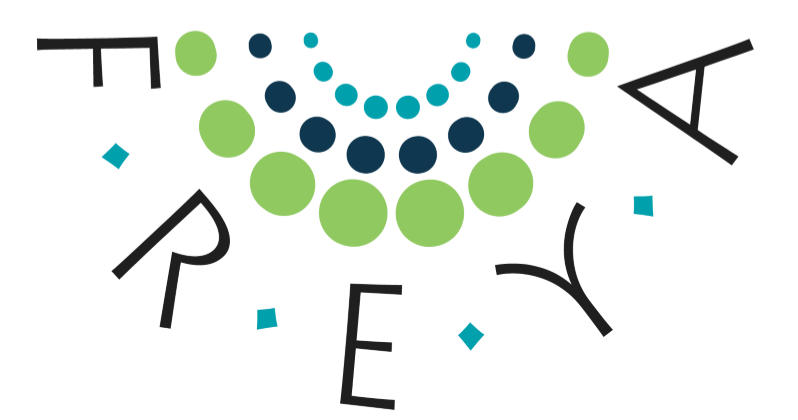The European Open Science Cloud
Over the last 5 years, many policy makers around the world have articulated a clear and consistent vision of global Open Science as a driver for accelerating innovation and enabling a new paradigm of data-driven science.
The European Open Science Cloud (EOSC) will ofer 1.7 million European researchers and 70 million professionals in science and technology a virtual environment with open and seamless services for storage, management, analysis and re-use of research data, across borders and scientifc disciplines by federating existing scientifc data infrastructures, currently dispersed across disciplines and Member States.
In Europe, this vision is being realised through an ambitious programme of research and development under the heading of the European Open Science Cloud (EOSC). This programme will deliver an Open Data Science Environment that federates existing scientific data infrastructures to offer European science and technology researchers and practitioners seamless access to services for storage, management, analysis and re-use of research data presently restricted by geographic borders and scientific disciplines.
Read the EOSC Declaration made during the 2017 EOSC Summit
EOSC Timeline
Seen below are the various ongoing and future projects that will contribute to the development of the European Open Science Cloud in 2021. Mousing over the timeline will reveal the available funding for each project.
Ongoing Projects That Will Bring EOSC to a Reality
Here are the various ongoing projects working to bring EOSC to a reality by 2021.

EOSCpilot
The EOSCpilot project is the first project in the entire EOSC programme, tasked with exploring some of the scientific, technical and cultural challenges that need to be addressed in the deployment of the EOSC. The EOSCpilot project has been funded to support the first phase in the development of the European Open Science Cloud (EOSC).

EOSC-hub
The EC-funded project EOSC-hub project started on January 1, 2018, bringing together an extensive group of national and international service providers to create the Hub: a central contact point for European researchers and innovators to discover, access, use and reuse a broad spectrum of resources for advanced data-driven research.

OpenAIRE ADVANCE
OpenAIRE-Advance continues the mission of OpenAIRE to support the Open Access/Open Data mandates in Europe. By sustaining the current successful infrastructure, comprised of a human network and robust technical services, it consolidates its achievements while working to shift the momentum among its communities to Open Science, aiming to be a trusted e-Infrastructure within the realms of the European Open Science Cloud. In this next phase, OpenAIRE-Advance strives to empower its National Open Access Desks (NOADs) so they become a pivotal part within their own national data infrastructures, positioning OA and open science onto national agendas.

FREYA
The goal of the FREYA consortium is to iteratively extend a robust environment for Persistent Identifiers (PIDs) into a core component of European and global research e-infrastructures. The resulting FREYA services will cover a wide range of resources in the research and innovation landscape and enhance the links between them so that they can be exploited in many disciplines and research processes. This will provide an essential building block of the European Open Science Cloud (EOSC). Moreover, the FREYA project will establish an open, sustainable, and trusted framework for collaborative self-governance of PIDs and services built on them.

eInfraCentral
eInfraCentral’s mission is to ensure that, by 2020 a broader and more varied set of users (including industry) discovers and accesses the existing and developing e-infrastructure capacity. A common approach to defining and monitoring e-infrastructures services will increase the uptake of and enhance understanding of where improvements can be made in delivering e-infrastructure services.
